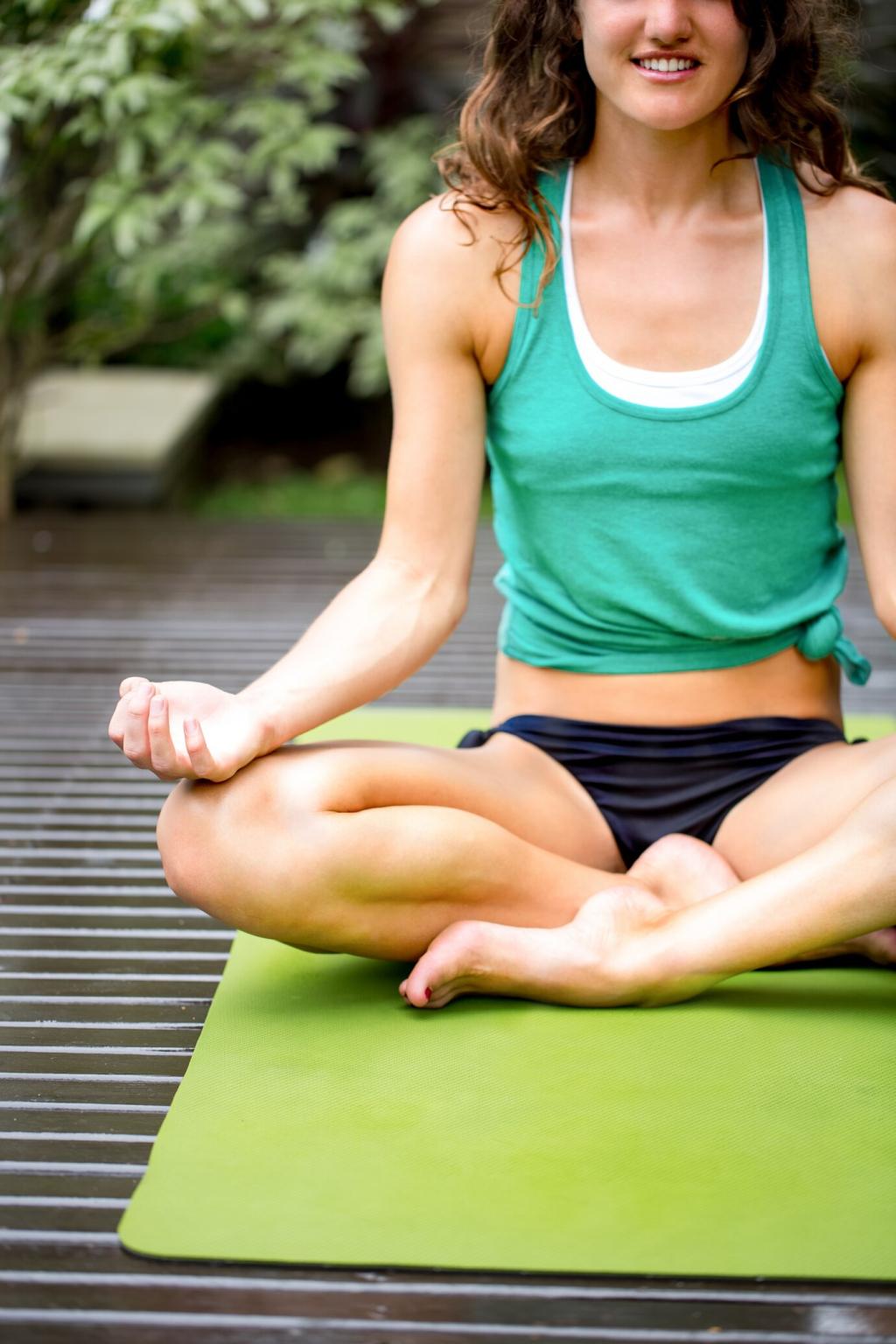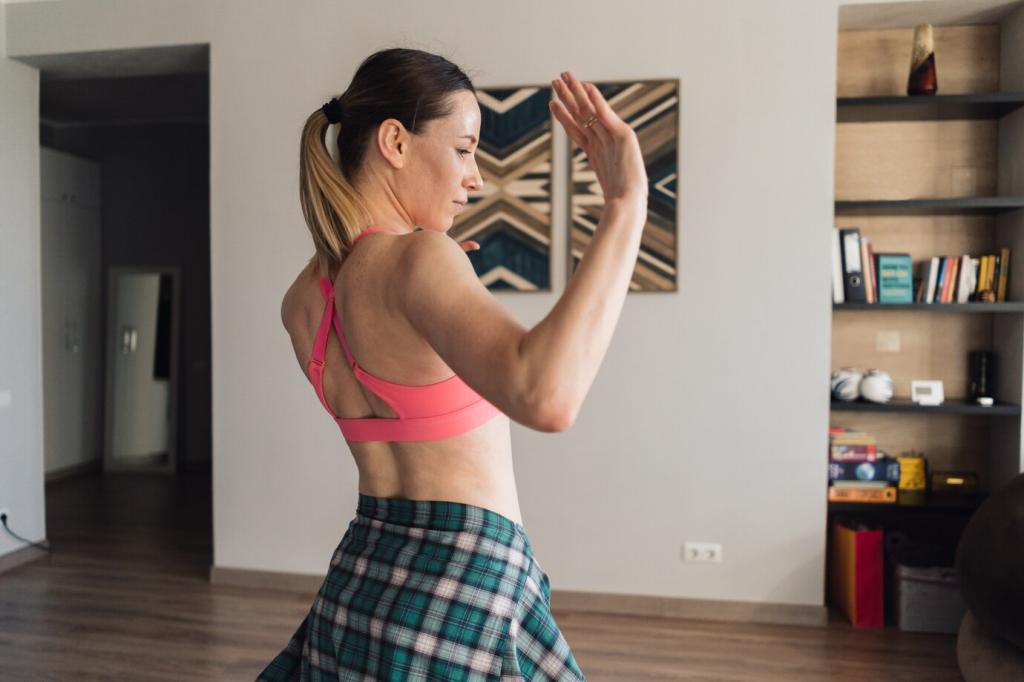Chosen theme: The Impact of Yoga on Athletic Mindset. Explore how breath, presence, and movement transform competitive nerves into focused fire. Join our community, share your routines, and subscribe for weekly mindset experiments that elevate your training and performance.
Why Yoga Shapes a Champion’s Mind
From Scattered to Centered: A Sprinter’s Turning Point
Before finals, Maya’s legs buzzed and thoughts raced. Ten slow breaths, a steady gaze, and one grounding tree pose softened the noise. She didn’t chase calm; she created it, then carried that quiet power into the blocks.
Breath, Vagus Nerve, and Laser Focus
Slow nasal breathing stimulates the vagus nerve, boosting heart rate variability and sharpening attention when pressure spikes. Athletes report fewer mental errors and faster reset times between plays after three weeks of daily five-minute pranayama practice.
Consistency Over Intensity: The 10-Minute Rule
Ten minutes of mindful movement and breath, practiced daily, outperforms a single marathon session for mindset gains. Short, repeatable wins wire reliability into your nervous system, making clutch focus a trained response rather than a lucky occurrence.
Focus and Flow on Game Day
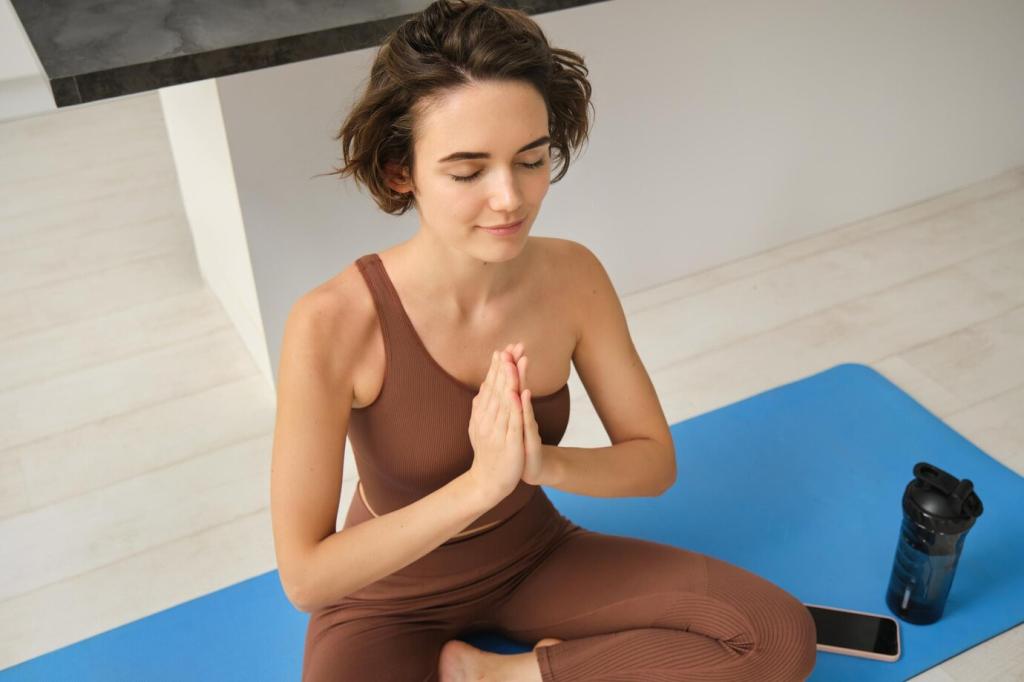
Box Breathing for Clarity Under Pressure
Inhale four, hold four, exhale four, hold four—repeat for two minutes. The even rhythm steadies arousal, quiets cognitive chatter, and clears a lane for intent. Pair it with a steady gaze point to lock attention where it matters.
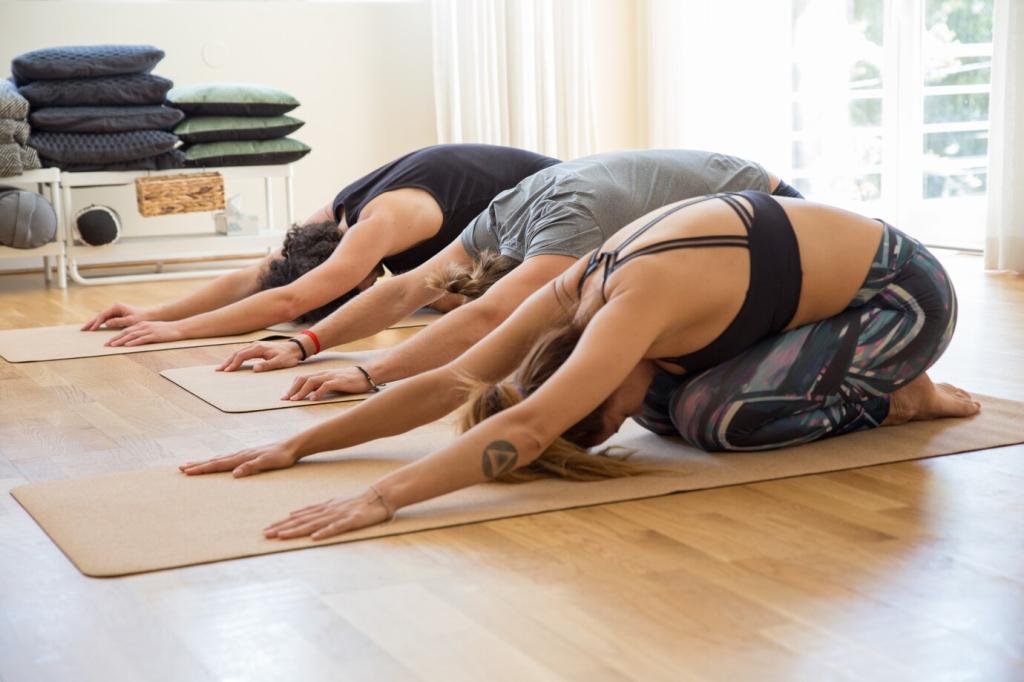
Micro-Meditations During Warm-Ups
Between drills, close your eyes for twenty breaths and track air from nostrils to ribs. Name one sensation, one sound, one intention. These tiny resets stitch together a stable mind that follows you onto the field or court.
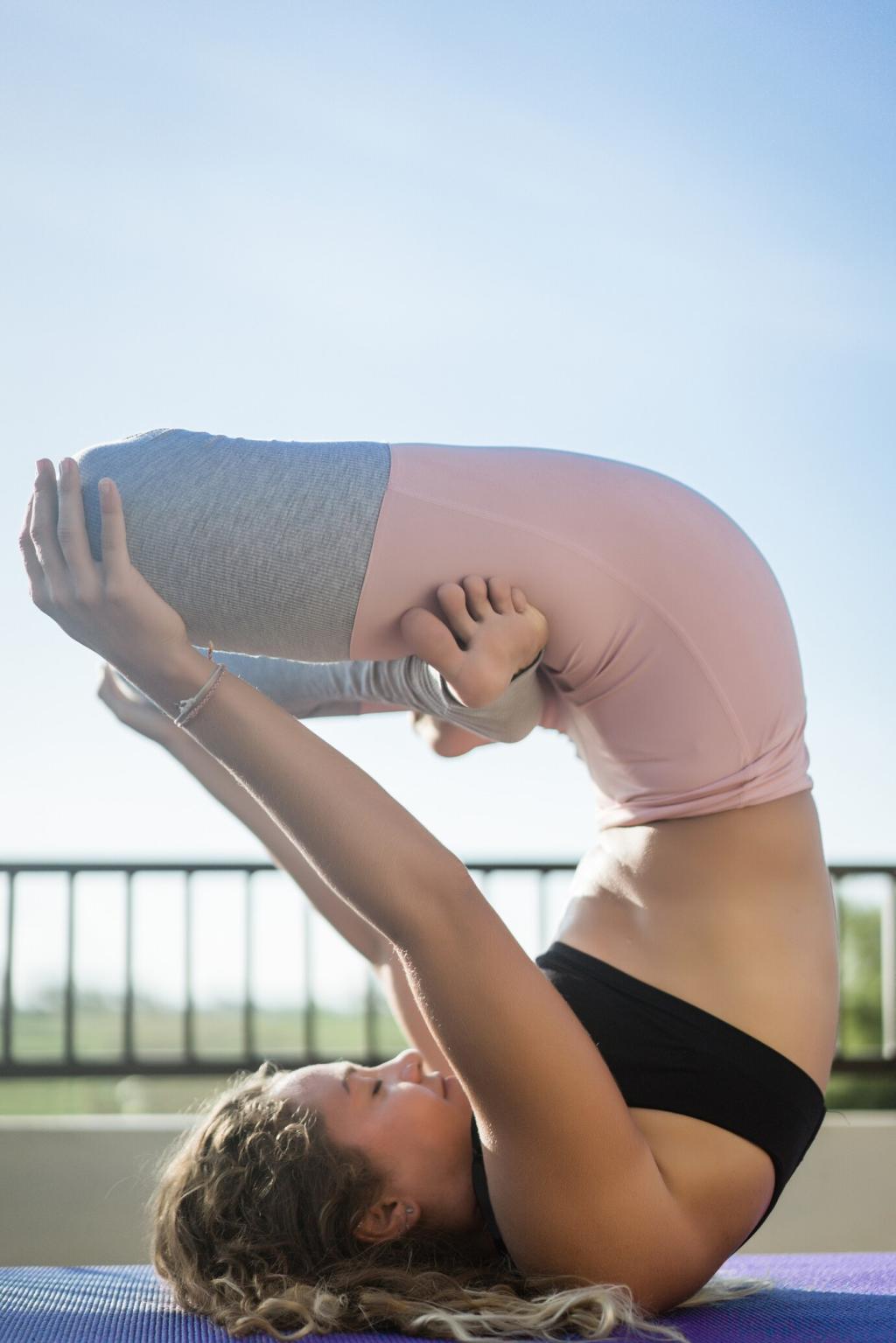
Breath–Movement Coupling to Enter Flow
Sync each inhale with lengthening and each exhale with grounding through simple vinyasa. This breath–body loop reduces decision noise and invites automaticity. When flow appears, you feel actions picking you, rather than you forcing actions.
Resilience and Emotional Regulation
Practice non-attachment by committing fully to effort while releasing scoreboard fixation. On the mat, notice urges to perfect every pose, then soften. This skill transfers to competition as calm aggression—hungry to execute, unhooked from fear of mistakes.
Resilience and Emotional Regulation
Hold a challenging pose for five steady breaths, then lengthen exhales. You learn to meet discomfort without panic, teaching your brain that intensity is information, not threat. Later, pressure feels familiar, so composure becomes your default response.
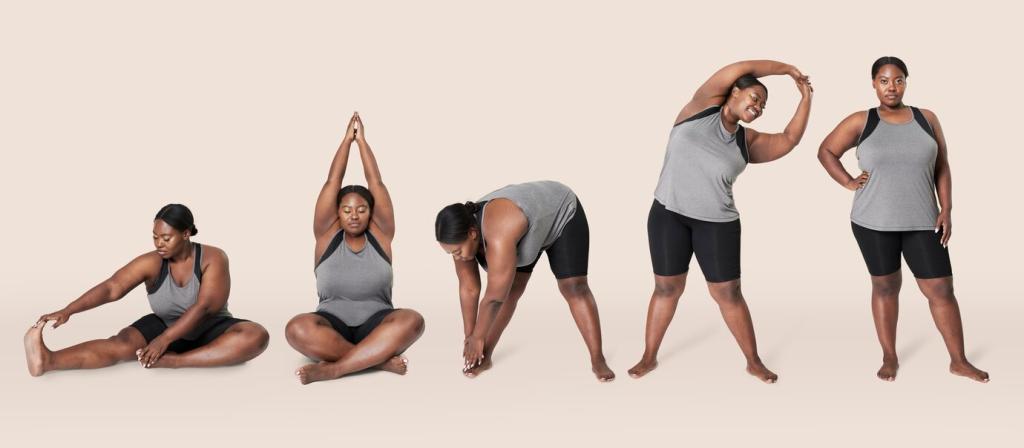
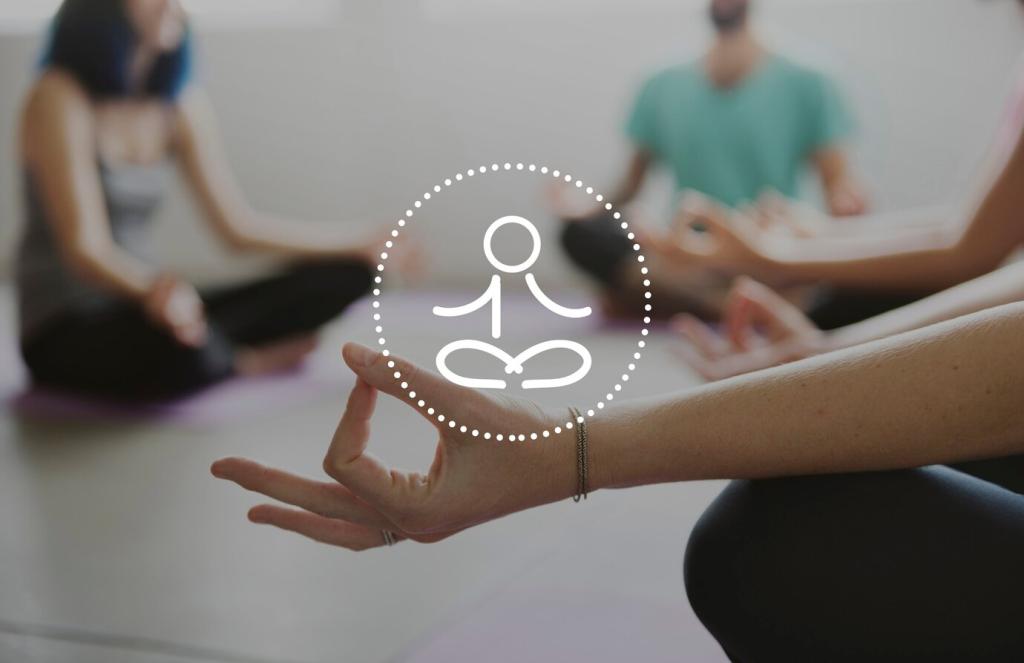
Confidence Without Ego
Mountain pose teaches stacking: feet firm, ribs soft, head tall. This alignment broadcasts readiness to your nervous system and opponents alike. Add a steady gaze and relaxed jaw, and your body tells your mind, we belong under bright lights.
On the mat, notice harsh inner commentary and label it kindly as a thought, not a fact. Replace it with evidence-based affirmations about your preparation. Confidence grows when self-talk echoes practice, not perfectionism’s impossible demands.
Use anchor phrases timed to breath: inhale I arrive, exhale I execute. Repeat during transitions and rests. The rhythm stabilizes attention while affirmations align with effort, creating calm confidence that survives misses and amplifies momentum after wins.
Recovery, Sleep, and Mental Clarity
Reset Your Nervous System with Restorative Poses
Five minutes of legs-up-the-wall after training shifts you into parasympathetic mode. Add slow, lengthened exhales to reduce cortisol and mental fatigue. Athletes report clearer film study and steadier moods within a week of consistent practice.
